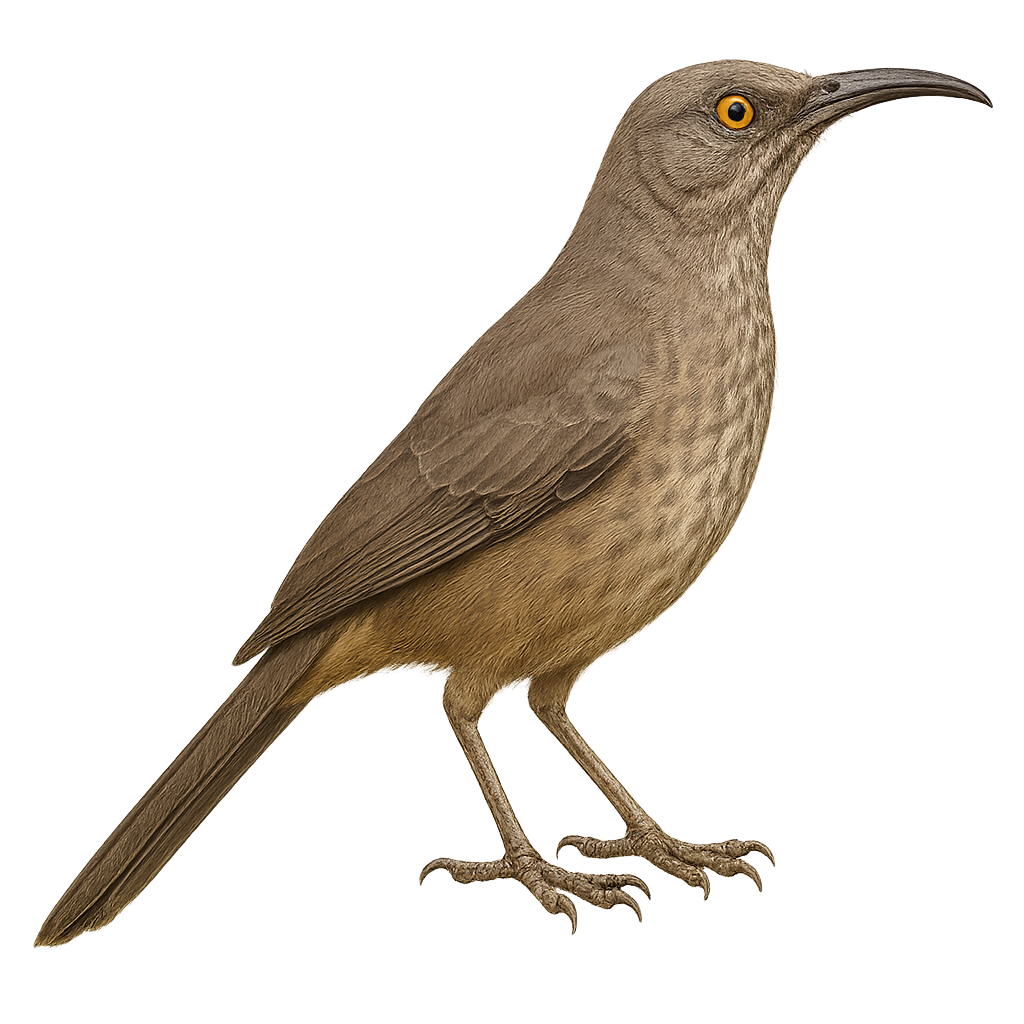Your wildlife photography guide.
Explore the curve-billed thrasher in detail, study its behavior, prepare your shots.
Where to observe and photograph the curve-billed thrasher in the wild
Learn where and when to spot the curve-billed thrasher in the wild, how to identify the species based on distinctive features, and what natural environments it inhabits. The WildlifePhotographer app offers tailored photography tips that reflect the curve-billed thrasher’s behavior, helping you capture better wildlife images. Explore the full species profile for key information including description, habitat, active periods, and approach techniques.
Curve-billed Thrasher
Scientific name: Toxostoma curvirostre

IUCN Status: Least Concern
Family: MIMIDAE
Group: Birds
Sensitivity to human approach: Suspicious
Minimum approach distance: 10 m
Courtship display: March to May
Incubation: 13-15 jours
Hatchings: April to June
Habitat:
Deserts, thorny bushes, semi-arid areas
Activity period :
Primarily active during the day, with peak activity in the morning and late afternoon.
Identification and description:
The Curve-billed Thrasher is a bird with gray-brown plumage and lighter spots on its belly. Its long, curved bill is distinctive, allowing it to probe the ground for food. Primarily insectivorous, it also eats fruits and seeds. Found in the arid and semi-arid regions of the southwestern United States and Mexico, it frequents thorny bushes and desert areas. Known for its varied and melodious song, it uses this to defend its territory and attract a mate. The Curve-billed Thrasher is a resilient bird, capable of adapting to harsh environments.
Recommended lens:
400mm – adjust based on distance, desired framing (portrait or habitat), and approach conditions.
Photography tips:
To photograph the Curve-billed Thrasher, it is advisable to use a telephoto lens of at least 400mm to capture detailed images without disturbing the bird. Look for it in thorny bushes and desert areas, where it is often active during the day. Be patient and discreet, as this bird can be suspicious. Try to capture its natural behavior, especially when it is singing or foraging. Morning or late afternoon light is ideal for obtaining photos with beautiful color nuances.
The WildlifePhotographer App is coming soon!
Be the first to explore the best nature spots, track rutting seasons, log your observations, and observe more wildlife.
Already 1 430 wildlife lovers subscribed worldwide

